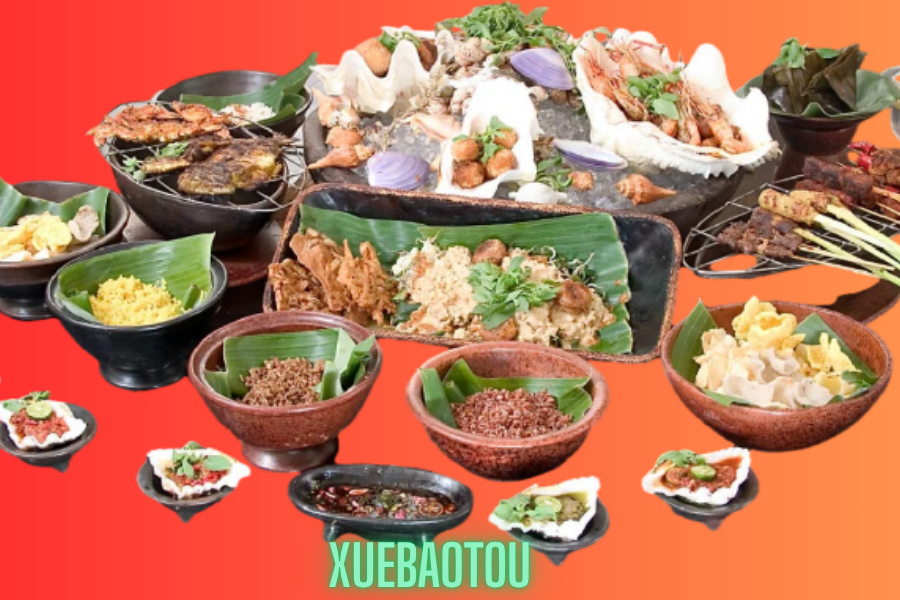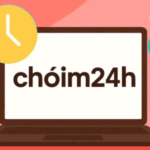What Is Xuebaotou? Understanding the Meaning Behind the Name
The term Xuebaotou (学宝头) is a unique blend of three Chinese words—“Xue” (学) meaning study or learning, “Bao” (宝) meaning treasure or something precious, and “Tou” (头) meaning head. On the surface, the literal translation—“study treasure head”—may sound odd, but its deeper meaning runs far beyond its literal sense. In the digital age, Xuebaotou has evolved into a cultural symbol representing the archetype of an overworked, highly disciplined, and academically driven student.
Rather than describing a person’s intelligence, Xuebaotou symbolizes the emotional and psychological experience of being consumed by the pursuit of academic excellence. It represents a paradoxical figure—one who is admired for perseverance and commitment, yet also pitied for the exhaustion, anxiety, and isolation that come with relentless studying. In essence, it is both a mirror and a critique of modern academic culture, encapsulating the tension between ambition and well-being.
The Origin and Rise of Xuebaotou
The story of Xuebaotou’s rise reflects broader social and educational changes in China during the late 2010s. Between 2018 and 2020, as online education platforms such as Bilibili, Zhihu, and Tieba gained traction, students began spending longer hours studying at home. The intense environment of online learning—filled with late-night tutorials, digital note-taking, and competitive academic discussions—gave birth to the term Xuebaotou within these student communities.
Initially, it started as an inside joke. Students used the term humorously to describe their “study-obsessed” friends—or themselves—after long nights of cramming. But what began as a meme soon developed into a deeper cultural identity. Xuebaotou became a symbolic mascot of academic struggle, resonating with millions of students facing pressure from parents, teachers, and society. Over time, it evolved into a national phenomenon that found expression through digital art, memes, short animations, and even commercial branding.
What Does Xuebaotou Look Like? Visual Identity and Design
The visual imagery of Xuebaotou is both simple and powerful. Typically, it features a cartoon character with a large round head, oversized glasses, and tired, droopy eyes—signs of someone who has spent countless nights buried in textbooks. The face often shows dark circles, sweat drops, and a mixture of fatigue and determination.
A common detail is a headband emblazoned with motivational slogans such as “加油” (Keep Going) or “高考必胜” (Victory in the Gaokao), referencing China’s notoriously competitive college entrance examination. The surroundings often include stacks of books, glowing laptops, and empty coffee cups—symbolizing the modern student’s battlefield.
This exaggerated design conveys both humor and truth. It pokes fun at the extreme dedication students display, yet it also acknowledges the emotional toll of overachievement. As a result, Xuebaotou became a universal study icon—used in study-related videos, merchandise, social media stickers, and education apps.
Cultural and Psychological Background
To fully grasp why Xuebaotou resonates so deeply, one must look at China’s cultural roots in education. For centuries, Chinese culture has emphasized the Confucian ideals of diligence, respect for teachers, and scholarly excellence. The ancient imperial examination system rewarded academic mastery with power and prestige, embedding the belief that education is the gateway to success.
In modern China, this tradition continues, particularly with the Gaokao—a life-defining exam that can determine a student’s university placement and career trajectory. Under these conditions, education is not merely a path to personal growth; it is a social duty and often the measure of family honor. The one-child policy intensified this pressure, as many parents invest all their hopes into a single child’s achievements.
Against this backdrop, Xuebaotou becomes more than just a meme—it becomes a reflection of a collective emotional state. It embodies the weight of expectations, the fear of failure, and the mental exhaustion that come with striving to meet near-impossible standards.
Xuebaotou in Digital Culture: From Meme to Movement
As digital spaces like Bilibili, TikTok (Douyin), and WeChat evolved, Xuebaotou transformed from a mere meme into a shared emotional language. Students began using it to express feelings that words couldn’t fully capture. A Xuebaotou GIF yawning over books or falling asleep on a desk could instantly communicate exhaustion and determination without needing any explanation.
This digital shorthand quickly spread. Communities began sharing “Xuebaotou diaries,” documenting daily struggles, caffeine-fueled study sessions, and exam countdowns. The meme’s popularity highlights how humor can serve as a coping mechanism for stress. In a society that often discourages open discussion of mental health, Xuebaotou provides a safe, indirect outlet for expressing vulnerability.
Comparison with Other Youth Archetypes
Xuebaotou is part of a broader family of Chinese internet archetypes reflecting the emotional realities of modern youth. For instance:
- “Neijuan warriors” (内卷战士) represent those trapped in endless competition.
- “Sang culture youth” (丧文化) express burnout and apathy.
- “Lying Flat” (躺平) individuals reject societal pressures entirely.
- “Chaoyang students” embody obedience and idealism promoted by mainstream media.
Unlike these extremes, Xuebaotou sits in the middle. It doesn’t reject ambition but questions its cost. It is aspirational yet self-aware—a student who continues to push forward despite knowing how draining the journey can be. This balance makes Xuebaotou more relatable and enduring than other cultural archetypes.
Emotional and Psychological Effects
While identifying with Xuebaotou can be comforting, it also sheds light on serious psychological patterns such as perfectionism, impostor syndrome, and academic burnout. Many students who see themselves in Xuebaotou confess to sacrificing sleep, friendships, and leisure for grades. Success brings momentary satisfaction but often leads to deeper anxiety about maintaining performance.
Nevertheless, the Xuebaotou identity has a dual nature. It can validate students’ experiences, allowing them to share stress with peers, yet it can also normalize overwork. The challenge, experts suggest, lies in recognizing when “hard work” becomes “self-harm.” Educators and parents must interpret Xuebaotou’s message not as encouragement to study harder, but as a reminder to balance achievement with mental well-being.
Commercial Influence and Educational Technology
The commercial adoption of Xuebaotou reflects its growing influence. Popular educational platforms such as Xueersi, Zuoyebang, and Bilibili Learning use characters resembling Xuebaotou to create friendly, relatable digital mascots. Some even gamify the study experience—offering “Xuebaotou badges” for completing lessons or studying for extended hours.
WeChat and QQ feature Xuebaotou stickers used in daily conversations, and some AI tutoring apps include customizable study buddy avatars modeled after the character. While this commercial use spreads motivation, it also reinforces the idea that productivity defines worth—an irony that underscores Xuebaotou’s cultural complexity.
Global Parallels: Could Xuebaotou Go International?
Though Xuebaotou originates from China, its emotional resonance transcends borders. Students in Japan’s Benkyou Mania culture, India’s JEE and NEET exam memes, or American AP/IB students pulling all-nighters all share the same struggles—pressure, fatigue, and the constant drive to succeed. The universal nature of academic stress means Xuebaotou could easily become a global icon for student life, representing a shared human experience: trying your best while feeling overwhelmed.
Evolving Trends: The Softer, Reflective Xuebaotou
In recent years, Xuebaotou’s image has softened. Instead of glorifying nonstop studying, new memes show the character taking naps, meditating, or crying openly—symbolizing self-care and emotional honesty. The emergence of “Anti-Xuebaotou” content, where students reject toxic productivity, indicates a generational shift toward mental health awareness. The once rigid symbol of study obsession is now evolving into one of balance and self-compassion.
Expert Views and Educational Insights
According to Dr. Mei Lin, a psychologist at Beijing Normal University, “The Xuebaotou persona gives students permission to express academic anxiety without shame.” Teachers, too, use it in classrooms to discuss pressure and resilience. Media researchers view Xuebaotou as an example of how digital humor can humanize academic discourse and build solidarity among young people.
Why Xuebaotou Matters Today
Xuebaotou matters because it captures the emotional truth of modern education. It’s not just about studying hard—it’s about the cost of striving in a world that equates success with self-worth. It allows students to laugh at their struggles, to find empathy in shared exhaustion, and to transform pressure into connection. It turns silent suffering into collective storytelling.
Final Reflection
What began as a joke has become a mirror for a generation. Xuebaotou represents resilience, vulnerability, and the desire for meaning amid endless exams and expectations. It’s a reminder that behind every perfect grade is a tired face, a beating heart, and a mind yearning for balance. Whether Xuebaotou remains a meme or evolves into something new, its message endures: you are not alone in your struggle, and doing your best is already enough.



